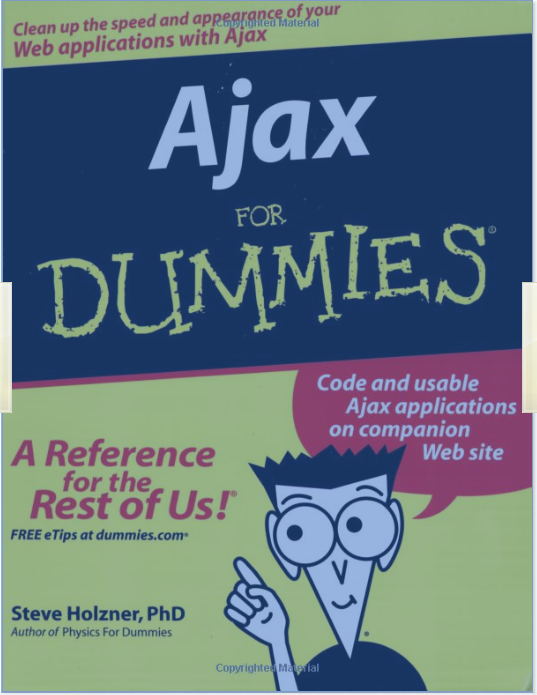
Course OutlineModule 1: Unit 1: Building a Monitoring Solution for SQL Server Performance Issues
This unit provides an opportunity for the student to build a monitoring solution that will help to identify SQL Server performance issues. Students will design a baseline performance monitoring solution.
Lessons
*
Narrowing Down a Performance Issue to an Environment Area
*
Guidelines for Monitoring Database Servers and Instances by Using Profiler and Sysmon
*
Guidelines for Auditing and Comparing Test Results
Lab : Building a Monitoring Solution for SQL Server Performance Issues
* Determining Which Indicators to Monitor
* Implementing a Monitoring Solution
* Auditing Monitoring Results to Identify Problem Areas
After completing this unit, students will be able to:
* Explain the methodology of narrowing down a performance issue to a particular database environment area.
* Apply the guidelines for monitoring database servers and instances by using Profiler and Sysmon.
* Apply the guidelines for auditing and comparing test results.
* Determine which indicators to monitor.
* Implement a monitoring solution.
* Audit monitoring results to identify problem areas.
Module 2: Unit 2: Troubleshooting Database and Database Server Performance Issues
This unit provides an opportunity for students to troubleshoot SQL Server performance issues. Students analyze the sample monitoring output to determine the issue. This unit includes information on a new feature in SQL Server 2005 which allows students to automatically sync a Sysmon log and Profiler trace. It also allows students to load and perform analysis against a Profiler trace using SQL Server queries. Finally, it allows students to run SQLdiag.exe as an additional troubleshooting tool.
Lessons
*
Narrowing Down a Performance Issue to a Database Object
*
How Profiler Can Help Narrow a Search to a Specific Issue
*
How the SQLdiag Tool Can Be Used to Analyze Outputs
Lab : Troubleshooting Database and Database Server Performance Issues
* Analyzing Sysmon and Profiler Traces
* Analyzing a Profiler Trace by Using SQL Server Queries
* Determining Database Server Issues by Using SQLdiag.exe
After completing this unit, students will be able to:
* Explain the methodology of narrowing down a performance issue to a particular database environment object.
* Explain the use of SQLdiag tool to analyze outputs.
* Explain the use of Profiler to narrow a troubleshooting search to a specific issue.
* Analyze Sysmon and Profiler traces.
* Analyze Profiler traces using SQL Server queries.
* Determine performance issues by using SQLdiag.exe.
Module 3: Unit 3: Optimizing the Query Performance Environment
This unit gives students an opportunity to determine the database-level reasons for poor query performance, like bad indexes and outdated index column statistics. Students are provided with samples from a Profiler trace or a listing of poorly performing queries and directed to investigate possible reasons.
Lessons
*
The Methodology of Optimizing a Query Environment
*
The Query Performance Troubleshooting Process
Lab : Optimizing the Query Performance Environment
* Reviewing an Execution Plan for Clues to Poor Performance
* Performing Index Analysis by Using the Database Tuning Advisor (DTA)
After completing this unit, students will be able to:
* Explain the methodology of optimizing the query environment.
* Describe the query performance troubleshooting process.
* Explain how Database Tuning Advisor can be used to troubleshoot the query environment.
* Review an execution plan for clues to poor performance.
* Perform index analysis by using DTA.
Module 4: Unit 4: Troubleshooting SQL Server Connectivity Issues
This unit explains the troubleshooting of common SQL Server problems. Examples include DNS issues, network authentication issues, and SQL Server 2005 endpoint issues.
Lessons
*
The Methodology of Troubleshooting SQL Server Connectivity Issues.
*
Areas to Troubleshoot for Common Connectivity Issues.
*
What Are SQL Server 2005 Endpoints?
Lab : Troubleshooting SQL Server Connectivity Issues
* Troubleshooting Server-Not-Found Issues.
* Troubleshooting an Authentication Error Message.
* Troubleshooting Endpoint Issues.
After completing this unit, students will be able to:
* Explain the methodology of troubleshooting connectivity issues.
* Describe the areas to audit for common connectivity issues.
* Explain the SQL Server 2005 endpoints.
* Troubleshoot Server-Not-Found issues.
* Troubleshoot an authentication error message.
* Troubleshoot endpoint issues.
Module 5: Unit 5: Troubleshooting SQL Server Data Issues
This unit lets students troubleshoot issues at a data level. One exercise will be used to identify and recover a torn page. The second exercise is a business unit report which contains invalid data. The goal is for the Database Administrator to track down the reasons for the invalid data.
Lessons
*
The Methodology of Troubleshooting SQL Server Data Issues
*
The Process of Troubleshooting Data Integrity Issues
*
How Torn Pages Can be Resolved Using a Single-Page Restore
Lab : Troubleshooting SQL Server Data Issues
* Troubleshooting and Repairing Torn Pages
* Troubleshooting a Data Issue
After completing this unit, students will be able to:
* Explain the methodology of troubleshooting data issues.
* Explain the process of troubleshooting data integrity issues.
* Explain how torn pages can be resolved using a single-page restore.
* Troubleshoot and repair torn pages.
* Troubleshoot data integrity issues.
Module 6: Unit 6: Troubleshooting SQL Server Data Concurrency Issues
This module lets the students identify the offending objects that cause concurrency issues. The first exercise shows students how to determine stored procedures involved in a deadlocked situation. The second exercise shows students how to determine the source of a blocking issue. The third exercise shows students how to evaluate wait types and latches.
Lessons
*
The Methodology of Troubleshooting Concurrency Issues
*
What Are SQL Server Latches?
*
Activity: Choosing a Blocking Monitoring Solution
Lab : Troubleshooting SQL Server Data Concurrency Issues
* Identifying the Objects Involved in a Deadlock
* Identifying the Objects Involved in a Blocking Issue
* Determining Concurrency Issues by Using Latch Wait Types
After completing this unit, students will be able to:
* Explain the methodology of troubleshooting concurrency issues.
* Explain what latches are and how they can be useful in troubleshooting long wait times.
* Choose a blocking monitoring solution.
* Identify the objects involved in a deadlock issue.
* Identify the objects involved in a blocking issue.
* Determine concurrency issues by using latch wait types.
D0wn10adhttp://www.easy-share.com/1905141924/ebook_Udovice2790A.rarhttp://www.uploading.com/files/5IZ6SMF6/ebook_Udovice2790A.rar.htmlhttp://hotfile.com/dl/2327877/5322910/ebook_Udovice2790A.rar.htmlhttp://rapidshare.com/files/231870792/ebook_Udovice2790A.rarhttp://www.enterupload.com/1e6eyswsis2y/ebook_Udovice2790A.rar.html





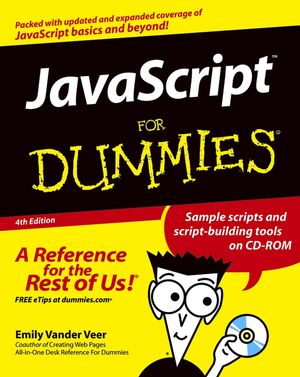

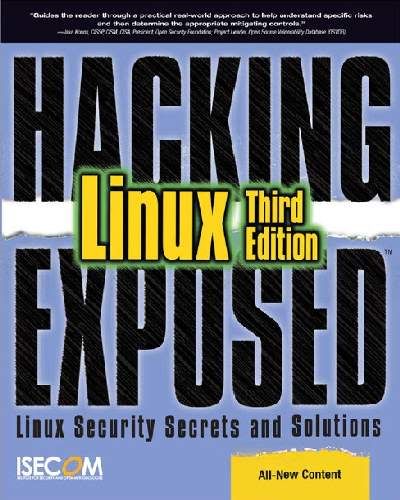
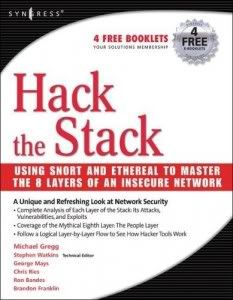
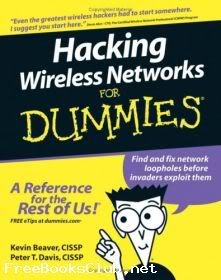
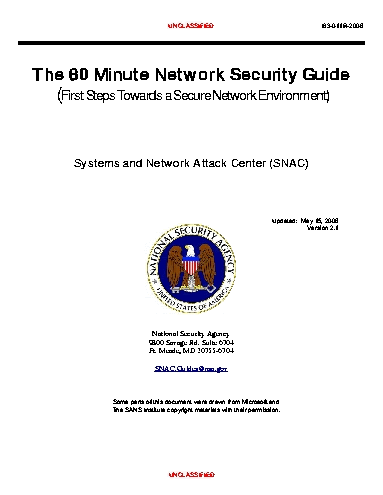
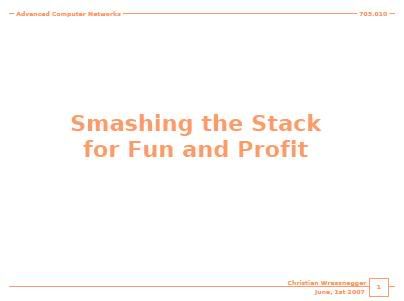

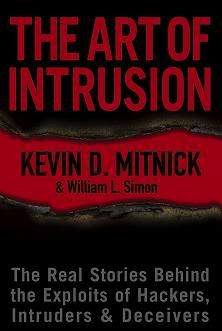

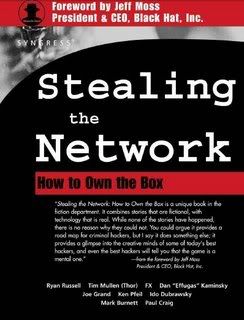
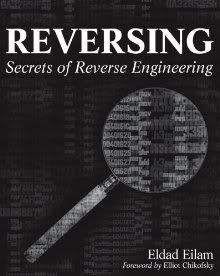
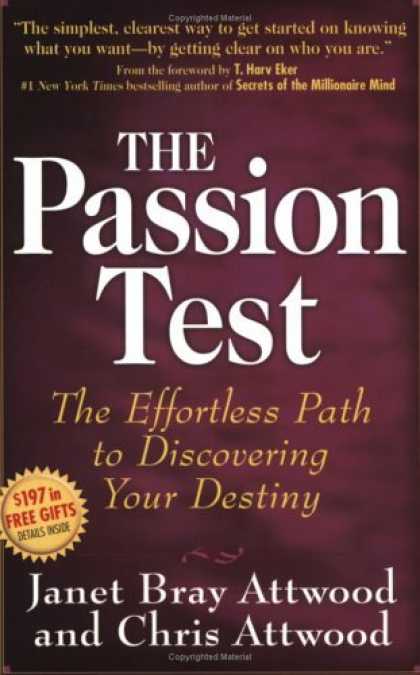















 The AD provides various tools that help manage and control Windows Server 2008. This course discusses the use of Network Monitor, Task Manager, Event Viewer, Windows System Resource Manager, and the Resultant Set of Policy (RSoP), and demonstrates monitoring Active Directory. It also explores offline maintenance and the configuration of backup and recovery strategies including the use of Directory Services Recovery Mode (DSRM) to perform an authoritative or non-authoritative Active Directory restore. The course is one in a series that covers the objectives for Microsoft exam 70-640: TS: Windows Server 2008 Active Directory, Configuring. Passing this exam completes the requirements for the MCTS: Windows Server 2008 Active Directory, Configuration certification, and counts as credit towards the following certifications: Microsoft Certified IT Professional (MCITP): Enterprise Administrator, and the Microsoft Certified IT Professional (MCITP): Server ministrator, since both MCITPs are certifications that require more than one exam.
The AD provides various tools that help manage and control Windows Server 2008. This course discusses the use of Network Monitor, Task Manager, Event Viewer, Windows System Resource Manager, and the Resultant Set of Policy (RSoP), and demonstrates monitoring Active Directory. It also explores offline maintenance and the configuration of backup and recovery strategies including the use of Directory Services Recovery Mode (DSRM) to perform an authoritative or non-authoritative Active Directory restore. The course is one in a series that covers the objectives for Microsoft exam 70-640: TS: Windows Server 2008 Active Directory, Configuring. Passing this exam completes the requirements for the MCTS: Windows Server 2008 Active Directory, Configuration certification, and counts as credit towards the following certifications: Microsoft Certified IT Professional (MCITP): Enterprise Administrator, and the Microsoft Certified IT Professional (MCITP): Server ministrator, since both MCITPs are certifications that require more than one exam.








